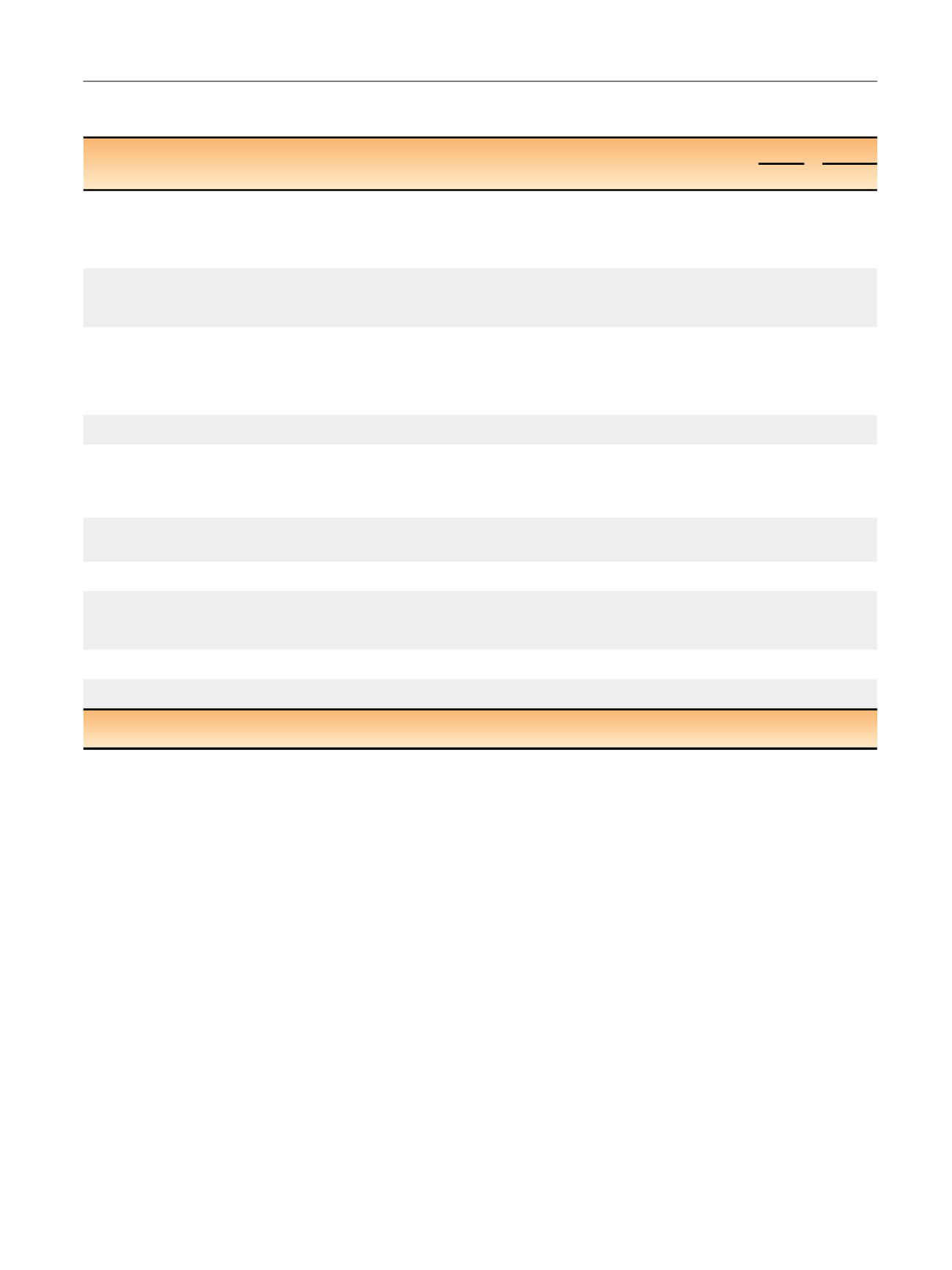

Conflicts of interest:
The authors have nothing to disclose.
References
[1]
Abrams P, Cardozo L, Fall M, et al. The standardisation of terminol- ogy in lower urinary tract function: report from the standardization sub-committee of the International Continence Society. Urology 2003;61:37–49.
[2]
Bosch J, Weiss J. The prevalence and causes of nocturia. J Urol 2013;1289:S86–92.
[3]
Asplund R. Nocturia in relation to sleep, health, and medical treat- ment in the elderly. BJU Int 2005;96:15–21.
[4]
Marshall SD, Raskolnikov D, Blanker MH, et al. Nocturia: current levels of evidence and recommendations from the International Consultation on Male Lower Urinary Tract Symptoms. Urology 2015;85:1291–9.
[5]
Sakalis VI, Karavitakis M, Bedretdinova D, et al. Medical treatment of nocturia in men with lower urinary tract symptoms: systematic review by the European Association of Urology Guidelines Panel for male lower urinary tract symptoms. Eur Urol 2017;72:757–69.
[6]
Johnson TM, Burrows PK, Kusek JW, et al. The effect of doxazosin, finasteride, and combination therapy on nocturia in men with benign prostatic hyperplasia. J Urol 2007;178:2045–50.[7]
Kaplan SA, Roehrbom CG, Rovner ES, et al. Tolterodine and tamsu- losin for treatment of men with lower urinary tract symptoms and overactive bladder: a randomized controlled trial. JAMA 2006;296: 2319–28.
Table 1 – Comparison of recommendations on medical therapy of nocturia in men from the European Association of Urology Guidelines
Panel for non-neurogenic male lower urinary tract symptoms (LUTS) versus those of the International Consultation on Male LUTS
Intervention
EAU recommendations
[5]ICUD recommendations
[4]EAU ICUD
LE GR LE GR
Conservative management
Treatment should aim to address underlying
causative factors, which may be behavioral,
systemic condition(s), sleep disorders, lower
urinary tract dysfunction, or a combination of
factors
Lifestyle changes and behavioral modification (eg,
reducing intake of caffeine and alcohol, limiting
night time fluid intake, improved sleep hygiene) are
noninvasive conservative methods that can
successfully reduce the number of nocturia episodes
4 A 3 C
Lifestyle changes to reduce nocturnal urine
volume and episodes of nocturia, and
improve sleep quality should be discussed
with the patient
3 A
Antidiuretics
Desmopressin may be prescribed to decrease
nocturia in men under the age of 65 yr.
Screening for hyponatremia must be
undertaken at baseline, during dose titration
and during treatment
Desmopressin can decrease the frequency of
nocturnal voids and decrease nocturnal diuresis, but
there may be a source of bias in studies due to the
use of a dose titration phase. Screening for
hyponatremia is essential when starting therapy,
particularly in patients over the age of 65 yr
1a A 1 A
a
-1 Adrenergic antagonists May be offered to men with nocturia
associated with LUTS
May be offered to men with nocturia in association
with LUTS and BPE
1b B 3 A
Antimuscarinic drugs
May be offered to men with nocturia
associated with OAB
Can significantly reduce the number of OAB-related
nocturnal micturitions versus placebo, but not
effective for reducing nocturia in NP. Should be
offered to men with OAB-related nocturnal
micturitions
1b B 1 A
5
a
-Reductase inhibitors
May be offered to men with nocturia who
have moderate-to-severe LUTS and an
enlarged prostate (
>
40 ml)
Finasteride may improve nocturia in men with LUTS
aged 70 yr
1b C – C
PDE5 inhibitors
Should not be offered for the treatment of
nocturia
Can be offered in conjunction with alpha-adrenergic
antagonists
1b B 3 C
Diuretic therapy
A trial of timed diuretic therapy may be
offered to men with nocturia due to NP.
Screening for hyponatremia should be
undertaken at baseline and during treatment
Men with NP may benefit from diuretic therapy
with furosemide 6 h before sleep
1b C 2 B
Bumetanide may reduce the number of nocturnal
micturitions but is not beneficial in men with BPE
3 C
Sleep agents
Agents to promote sleep may be used to aid
return to sleep in men with nocturia
May be used to aid return to sleep
2 C 3 C
EAU = European Association of Urology; ICUD = International Consultations on Urological Diseases Committee; LE = level of evidence; GR = grade;
PDE5 = phosphodiesterase type 5; OAB = overactive bladder; BPE = benign prostatic enlargement; NP = nocturnal polyuria.
E U R O P E A N U R O L O G Y 7 2 ( 2 0 1 7 ) 7 7 0 – 7 7 1
771
















